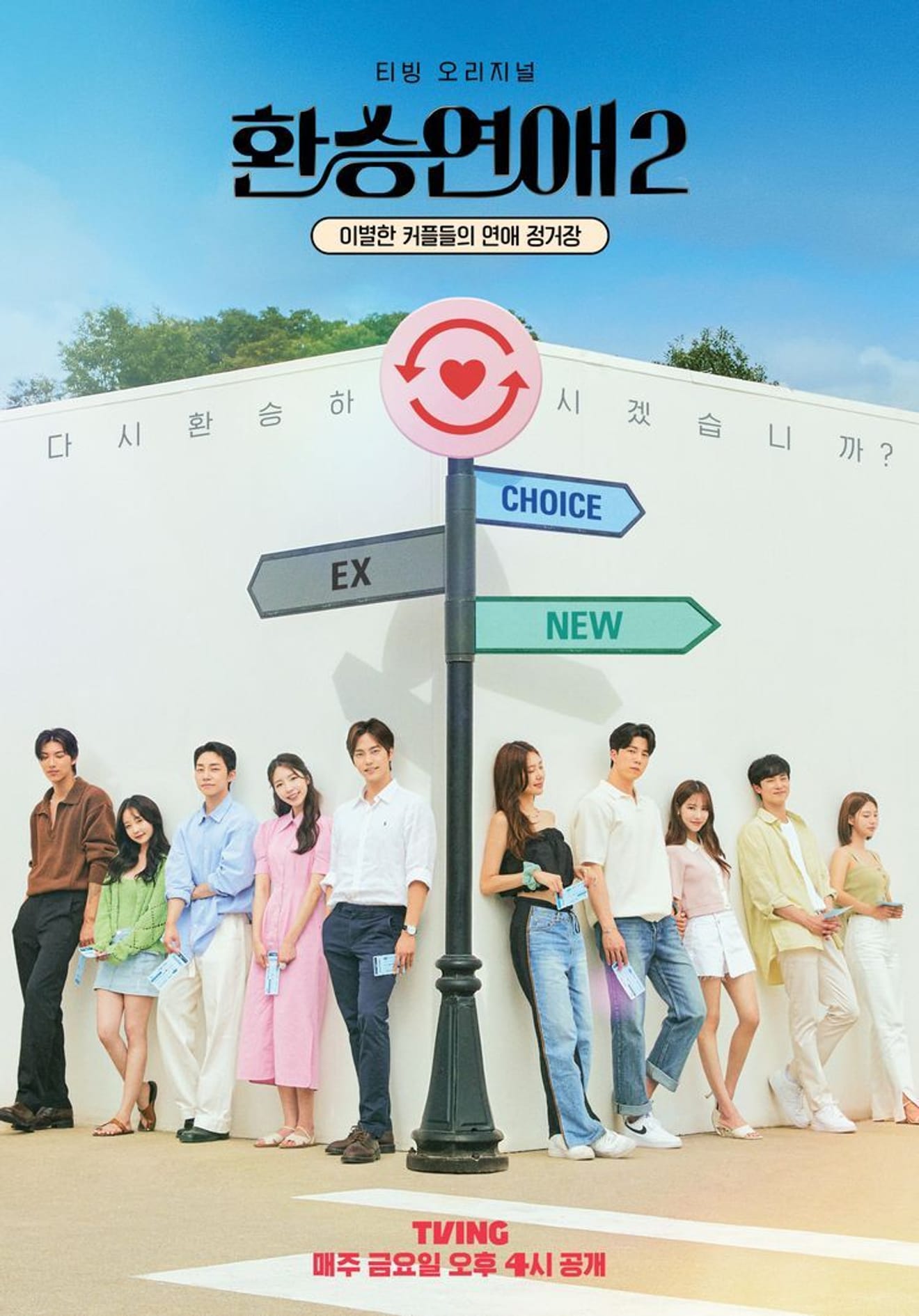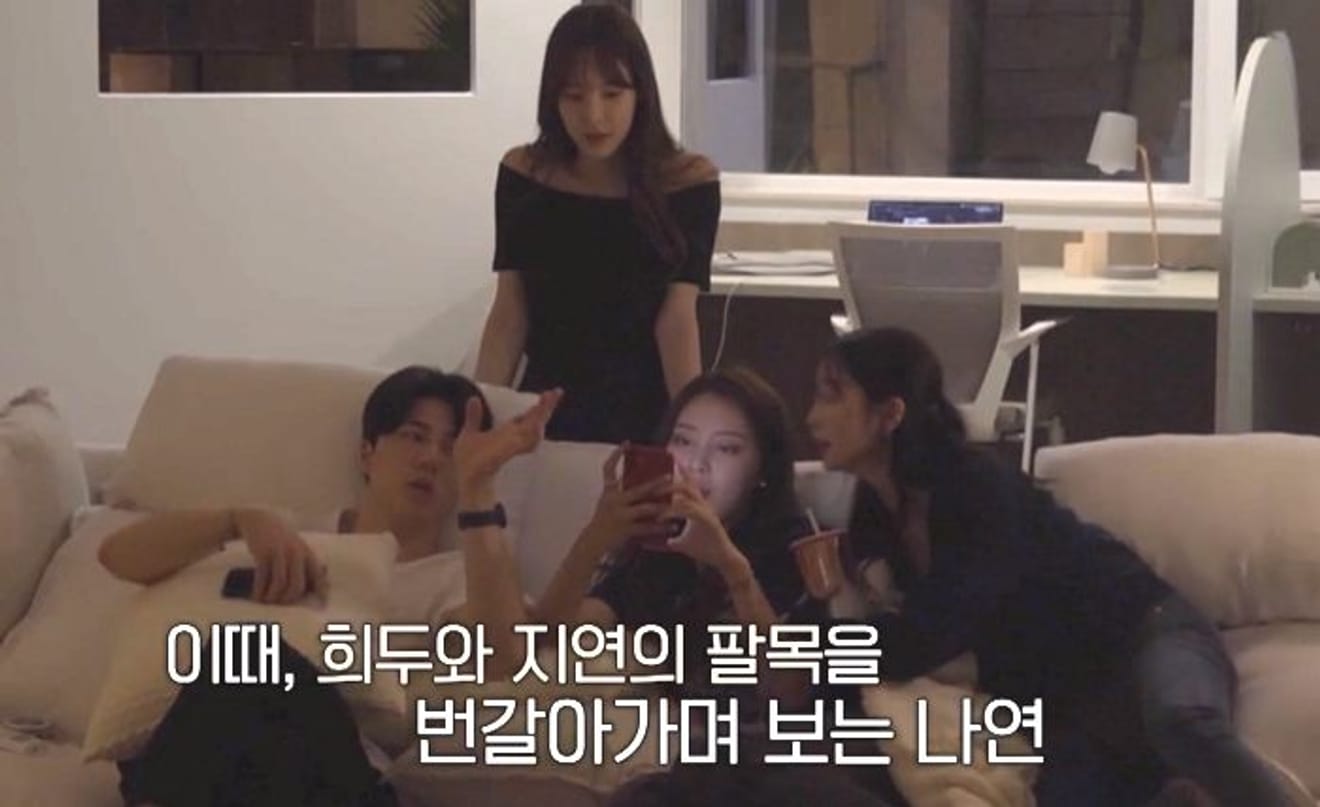- Transit Love 2 and Organizational Culture: The Power of Observation -1
- By observing Transit Love 2, we analyze organizational culture, compare ideal expressions with reality, and emphasize the importance of an observational perspective rather than defining culture.
Following Part 1...
Looking Inside, Not Out
Many organizations talk about improving, changing, and innovating their organizational culture. However, most companies approach this by inviting experienced consultants and using external cases as references, treating it like there's a model answer, and their attempts are limited to partial responses. However, we must remember that the actual 'field' within the organization, where employees interact and work towards common goals based on their workplace, is the starting point for understanding the current organizational culture and considering what changes can be made and how.
Anthropologists identify the following as key elements that constitute culture:
- Space as Text
- Impression management among members
- Actions, Conflicts
- Ritualistic acts and symbols.
In other words, culture is defined as all symbolic expressions related to communication.
It can be described as a continuous, never-ending process where members within a space or place adjust their social roles within their group through various actions based on their interrelationships. One of the easiest examples to see this meaning is the recently popular 'Singles Inferno Season 2'.

The 10 handsome men and beautiful women featured in the poster are maintaining an organized arrangement as they smile at the camera. (Similar to the ideal organizational culture phrase like 'Patient First' mentioned earlier) However, these five couples, who have already broken up and are appearing together, create anxiety, excitement, and conflict through emotional exchanges they never experienced before by staying in the same space. They become both the subject and the object of influence. (Just as various subcultures within the actual workplace collide in pursuit of diverse values.)
Viewers have the opportunity to observe the real-time changes between the participants through cameras placed throughout the house, and through this observation, they gain their own understanding of each situation or attempt to predict relationships.
Furthermore, the ex-girlfriend's gaze fixed on the 'bracelet' worn with a new romantic interest, or the ex-boyfriend's stubbornness in taking on the role of a father trying to change his ex-girlfriend who hides behind the excuse of being 'naturally immature,' reveal clues for analyzing symbols and interrelationships, which are necessary when deciphering organizational culture, presenting a surprising aspect.

What if a leader within a company contemplating organizational culture and leadership improvements shifts their focus and perspective to the inside, just like the viewers of this program, and begins to observe the changes?
Organizational Culture is More About 'What I Should Do' Than 'What I Can Do'
Observing is like constantly recognizing that there can always be shortcomings in one's own perception and decisions, meaning it's a challenge to the observer themselves.When leaders approach members with this attitude and continually confirm what they should do as leaders, members will also question their own roles and do what needs to be done.
Why not check it out today? See what 'that chair in front' or 'the bracelet' is in your workplace that reveals the internal cultural clashes.
Ervin Goffman, The Presentation of Self in Everyday Life.
Margert Heffernan, "Dare to Disagree."
Henrietta Moore, Space, Text and Gender.
Comments0